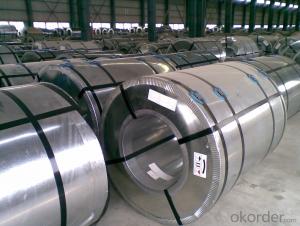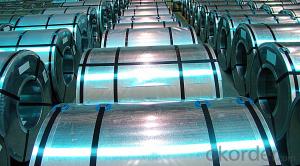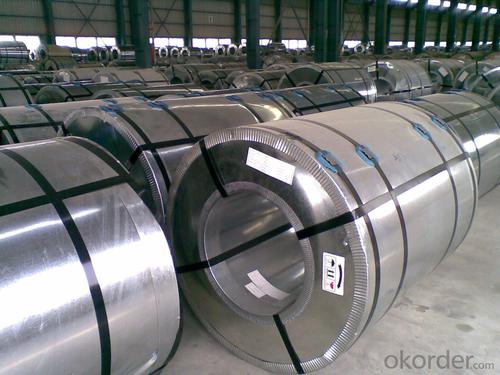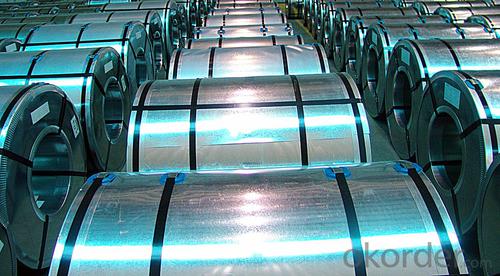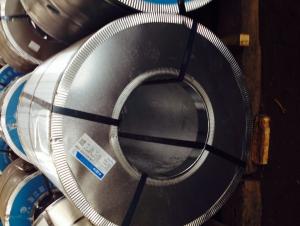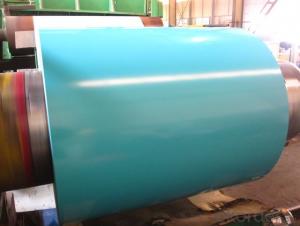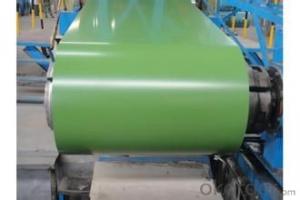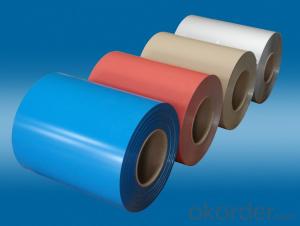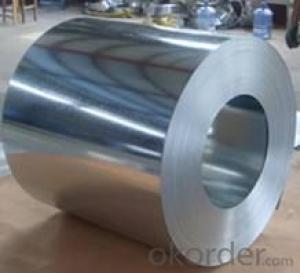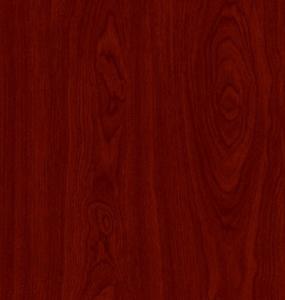PREPAINTED GALVANISED STEEL IN COILS
- Loading Port:
- China Main Port
- Payment Terms:
- TT OR LC
- Min Order Qty:
- -
- Supply Capability:
- -
OKorder Service Pledge
OKorder Financial Service
You Might Also Like
Prepainted galvanized color coated PPGI steel:
| Thickness | 0.12-1.2mm |
| Width: | 700-1250mm |
| Material: | SGCC,SGCD,SECC,SECD,DX51D+Z |
| Zinc coating: | 30-180G/M2 |
| Surface Structure: | galvanized ,zero spangle, regular spangle or normal spangle |
| COLOR: | RAL number or sample colour |
| Coating: | Topside: 5micron primer +15-20microns polyester Backside: 5-8microns primer epoxy. Surface treatment: chromated and oiled, chromated and non-oiled |
II Main characteristics :
1.strong corrosion resistance
2.surface quality
3.conducive to deep processing,such as corrugated steel sheet 4.economy and practicality
III Applications:
Household Appliance:
1.Refrigerator shutter &side panels, Washer, Freezers, Air conditions,
2.Rice Cooker, Microwave Ovens, Water Heaters, Sterilization Cabinets, Range Hoods
3.Computer Panels , DVD/DVB panels, TV back panel etc.
- Q: What are the different methods of transporting steel coils?
- Depending on factors such as weight, size, and distance, there are various methods available for transporting steel coils. These include: 1. Flatbed trucks: Steel coils can be transported on flatbed trucks, which have a spacious open platform for easy loading and unloading. This option is commonly used for shipments of short to medium distances and provides convenient access to the coils. 2. Rail transport: Steel coils can also be transported by rail using specialized coil cars with curved interiors to securely hold the coils. Rail transport is often preferred for long-distance shipments due to its cost-effectiveness and capacity to handle large quantities. 3. Shipping containers: Steel coils can be loaded into shipping containers for transportation via sea or inland waterways. To prevent movement during transit, the coils are usually secured inside the container using bracing or blocking materials. This method is commonly employed for international shipments and facilitates easy handling and transfer between different modes of transportation. 4. Barges: In some cases, steel coils can be transported on barges along rivers, canals, or other inland waterways. Barges are particularly suitable for large and heavy shipments, offering a cost-effective and efficient means of transportation. 5. Roll-on/roll-off (RoRo) vessels: RoRo vessels are specialized ships designed to transport vehicles and large cargo that can be rolled on and off the ship. Steel coils can be loaded onto trailers or flatbeds and driven onto the vessel, providing a convenient transportation option. 6. Air freight: Although less common due to higher costs, steel coils can also be transported by air. This method is typically used for urgent and time-sensitive shipments or when the distance is too great for other modes of transportation. Air freight offers the advantage of speed and can be a viable option in certain situations. In conclusion, the choice of transportation method for steel coils depends on factors such as cost, distance, time frame, and logistical requirements. Freight forwarders and logistics providers can assist in determining the most suitable method for a specific shipment.
- Q: many sword sellers sell swords made of 440 and stainless, i know those are both totally **** for real swords. so are 1045, 1060, or 1095 good grades of steel for a sword?
- You'll okorder has a great introductory articles on metallurgy as it pertains to swords. Check 'em out.
- Q: How are steel coils processed for cold rolling or hot rolling?
- Steel coils are processed for cold rolling or hot rolling through a series of steps. For cold rolling, the steel coils are first cleaned and pickled to remove any impurities. They are then passed through a series of rolling mills, where the steel is gradually reduced in thickness and elongated. This process improves the steel's strength and surface finish. In contrast, for hot rolling, the steel coils are heated to high temperatures and then passed through a series of rolling mills. The hot rolling process allows for greater deformability and shaping of the steel, resulting in different thicknesses and shapes.
- Q: How are steel coils used in the production of transportation systems?
- Steel coils are an essential component in the production of transportation systems as they are used to manufacture various parts such as car bodies, chassis, and other structural components. These coils are shaped and processed to create different forms of steel, which are then used in the construction of vehicles like cars, trucks, trains, and ships. The durability and strength of steel make it an ideal material for transportation systems, ensuring safety and reliability.
- Q: How are steel coils stored to prevent damage?
- In order to prevent damage and maintain their integrity, steel coils are stored in a manner that is designed to minimize risks. One common approach involves horizontally stacking the coils, which helps evenly distribute the weight and reduces the likelihood of deformation or damage. Additionally, each layer of coils is often separated by wooden or steel dunnage to provide support and prevent shifting during storage or transportation. To protect the coils from harm, they are frequently stored indoors or in covered areas to shield them from exposure to the elements. This precaution serves to prevent rusting or corrosion, which could compromise the steel's quality. In situations where outdoor storage is necessary, weather-resistant tarps or protective coatings may be used to minimize the potential impact of rain, snow, or sunlight. Moreover, it is essential to consider the height at which the coils are stacked in order to avoid applying excessive pressure on the lower coils. To prevent damage, coils are typically stacked in a manner that ensures the weight from the upper layers is evenly distributed across the lower ones. This may involve the utilization of specialized stacking equipment or racks that are specifically designed to handle the weight and dimensions of the coils. In summary, the proper storage of steel coils entails careful attention to weight distribution, protection from the elements, and minimizing contact between coils to prevent damage and preserve their quality.
- Q: More specifically steel wire (around 1/8 diameter). I'm doing a science fair project where I'm testing if concrete encased in steel has more fire resistance than steel by itself. However, I have no idea what the dimensions of concrete encased steel is so I can't scale down. And if I did have the dimensions I wouldn't know how to encase it around the steel wire (do I just poor concrete over it (heck I've never even used concrete)? Thanks for any help.
- If you're designing this structure, I recommend not filling it with concrete. It will do very little for stiffness (steel is 7-8 times stiffer than concrete), almost nothing for strength (unless buckling of the steel cylinder is an issue), and will add lots of unnecessary weight.
- Q: Why people prefer prefabricated buildings these days? Recently my friend has told me that he is going to owe a steel house so I was just thinking are these steel structures really durable and cheaper than concrete structures?
- Hi., I think steel is the best option for the building ..
- Q: How are steel coils used in the production of automotive chassis?
- Steel coils are used in the production of automotive chassis as they are cut and shaped into various components, such as frame rails and crossmembers, which form the structural foundation of the vehicle. The high strength and durability of steel make it an ideal material for chassis construction, providing stability and safety to the overall vehicle structure.
- Q: What are the different methods of coil packaging for steel coils?
- There are several methods of coil packaging for steel coils, including stretch wrapping, strapping, banding, and shrink wrapping. Stretch wrapping involves wrapping a stretch film tightly around the coil to secure it. Strapping and banding use metal or plastic straps to hold the coils together. Shrink wrapping involves covering the coil with a plastic film that shrinks when heated, providing a tight and protective cover. These methods help to protect the coils during storage, transportation, and handling, ensuring they remain in good condition.
- Q: I like non-stick cookware but it dont hold up no matter how much money you spend. What isthe best kind? Is there something better then stainless steel or iron skillet? I do not care if I have to use extra elbow grease to clean a pan.
- I have a combination of them both. I have Le Creuset enameled cast iron dutch-ovens, pots and pans; as well as All Clad stainless steel saute and deep-rimmed pans which have a copper core. I have one non-stick pan that I use for cooking eggs in.
Send your message to us
PREPAINTED GALVANISED STEEL IN COILS
- Loading Port:
- China Main Port
- Payment Terms:
- TT OR LC
- Min Order Qty:
- -
- Supply Capability:
- -
OKorder Service Pledge
OKorder Financial Service
Similar products
Hot products
Hot Searches
Related keywords
